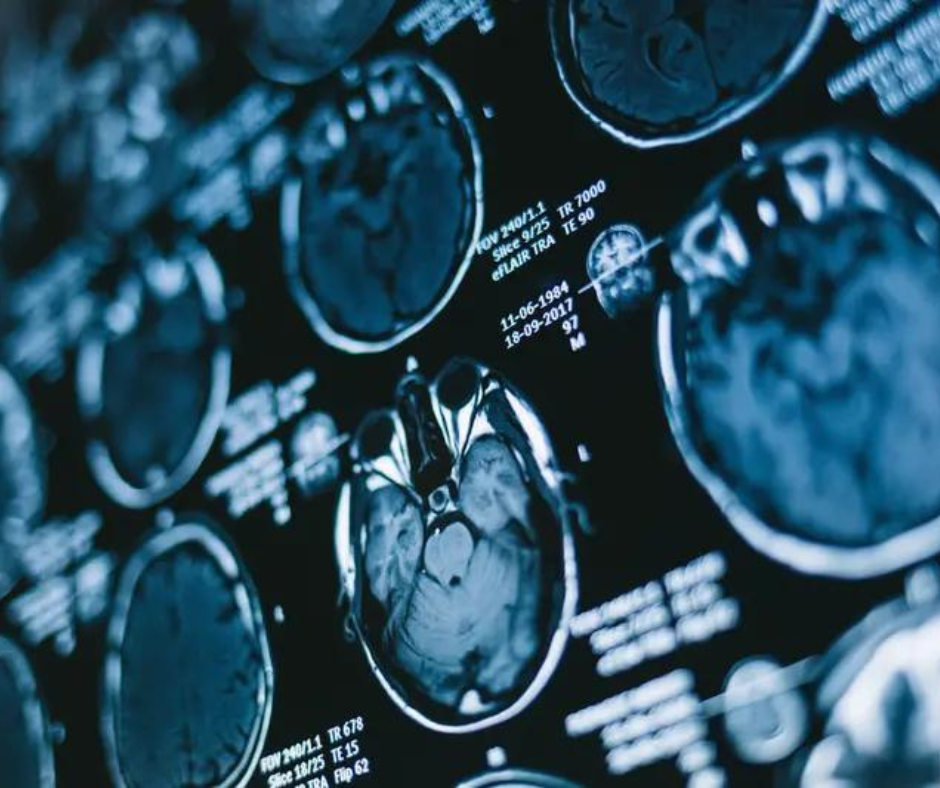FDA Expands Clearance of MRI-Guided AI Platform for Deep Brain Stimulation and Lesioning Techniques
Utilizing a new machine learning model, the OptimMRI software may improve radiosurgery applications and lesioning techniques such as MRI-guided focused ultrasound through enhanced targeting of the inferolateral part of the ventral intermediate nucleus (VIM).
The Food and Drug Administration (FDA) has granted an expanded 510(k) clearance for the artificial intelligence (AI)-powered OptimMRI software, which may bolster targeted deep brain stimulation (DBS) of neurological disorders such as essential tremor.
The expanded clearance is for the addition of a new machine learning model in the OptimMRI platform that is geared toward targeting of inferolateral part of the ventral intermediate nucleus (VIM). The improved targeting may help enhance accuracy with MRI-guided focused ultrasound (MRgFUS) lesioning techniques and radiosurgery applications, according to RebrAIn, the developer of OptimMRI.
The MRI-guided AI software OptimMRI features a newly FDA-cleared machine learning model that reportedly offers improved targeting of inferolateral part of the ventral intermediate nucleus (VIM), which may facilitate enhanced accuracy of deep brain stimulation for neurological disorders such as essential tremor. (Image courtesy of Adobe Stock.)

The company noted the OptimMRI platform previously garnered FDA clearance in January 2024 for machine learning models targeting VIM and subthalamic nucleus (STN) regions for DBS applications.
“The United States market represents the largest opportunity to enable personalized targeting for neurological disorders such as essential tremor. The ability to offer AI clinical targeting to neurosurgical suites will open many collaborations nationwide,” noted David Caumartin, the chief executive officer of RebrAIn.
Emmanuel Cuny, M.D., and Nejib Zemzemi, M.D., the co-founders of RebrAIn, will discuss VIM targeting during a session at the World Society for Stereotactic and Functional Neurosurgery (WSSFN) conference in Chicago on September 5. For more information, visit www.wssfn2024.org .
Newsletter
Stay at the forefront of radiology with the Diagnostic Imaging newsletter, delivering the latest news, clinical insights, and imaging advancements for today’s radiologists.
Stroke MRI Study Assesses Impact of Motion Artifacts Upon AI and Radiologist Lesion Detection
July 16th 2025Noting a 7.4 percent incidence of motion artifacts on brain MRI scans for suspected stroke patients, the authors of a new study found that motion artifacts can reduce radiologist and AI accuracy for detecting hemorrhagic lesions.